#An early review
Explore tagged Tumblr posts
Text
"In the funny, terrifying, colorful, oddly lovely, lovably odd Dead Boy Detectives, premiering Thursday on Netflix, deceased putative teenagers Edwin (George Rexstrew) and Charles (Jayden Revri) investigate what’s troubling troubled ghosts...."
956 notes
·
View notes
Text
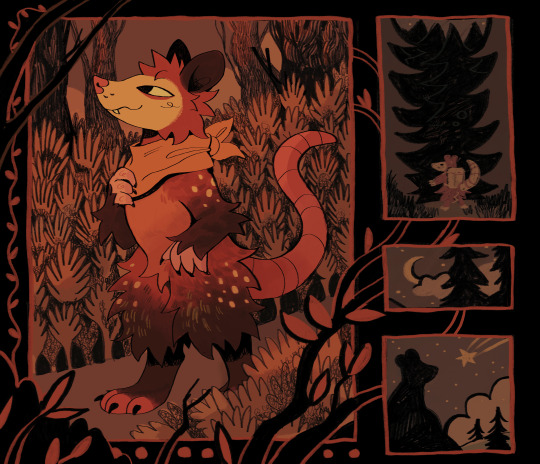
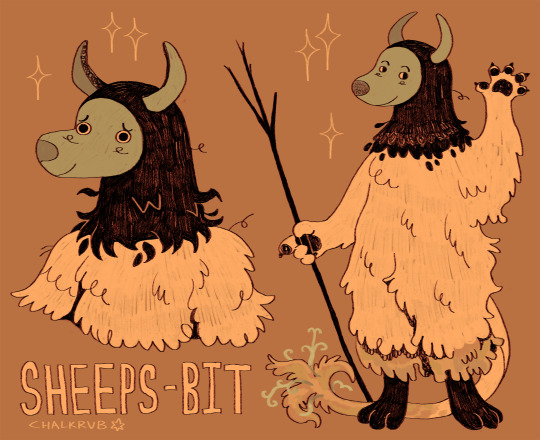
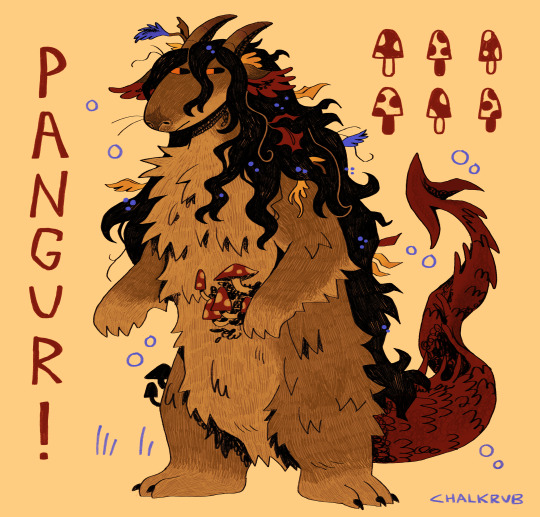
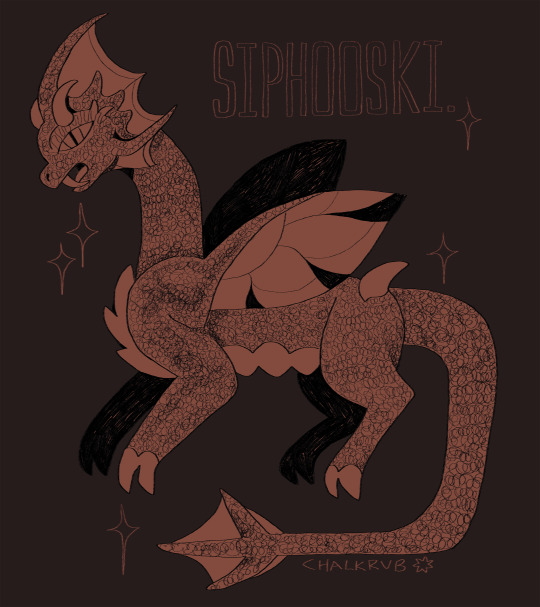
various art trades from the past month! had FUN as usual
#my art#furry#anthro#monster#dragon#oc#not my own but nevertheless#these characters are all lots of fun....thank you everyone for giving me cool guys to draw#also BIG things coming (said for the sixth time over the course of the year)#anyway i went apple picking for the last time this year recently which pretty much brings scrumping season to an end#here's a review: blackberries EARLY. annoyingly early but they were okay. greengages amazing. brings a tear to my eye#cherries SUCKED. cherries do better next year. grapes i'm still harvesting actually but doing well. sweet#and apples kind of popped off!!! year of the ugly apple this year - the beautiful red ones were worse than the scabruous pimply brown ones#which were crisp and had thin skin and a beautiful sweet-mellow-nutty taste...wonderful
1K notes
·
View notes
Text
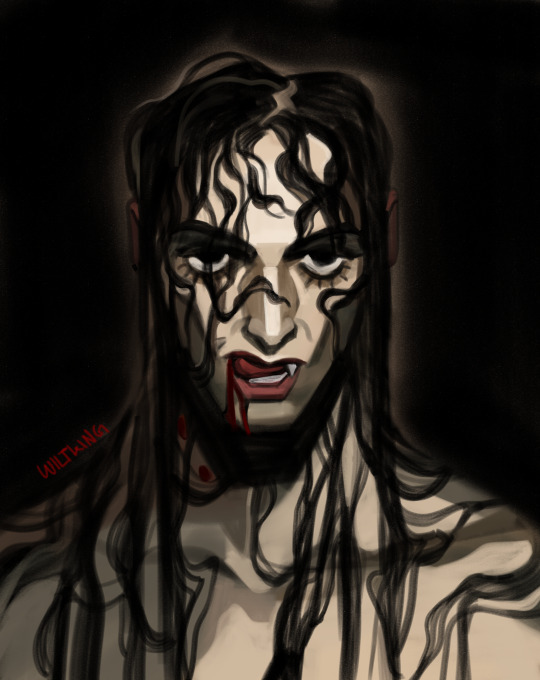
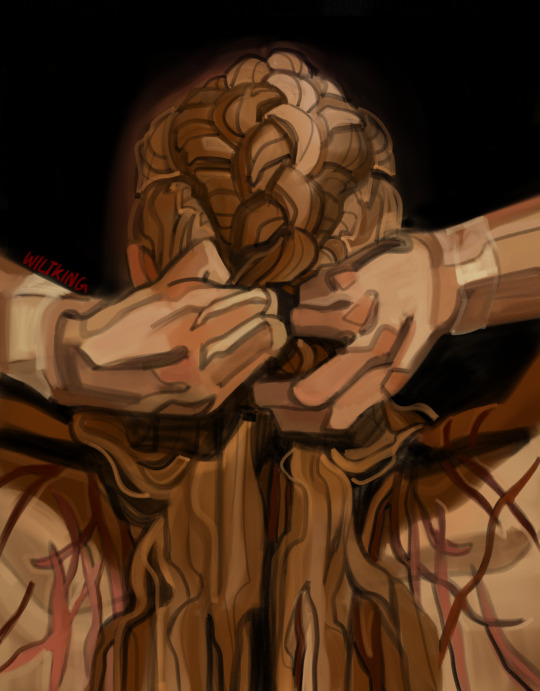

Asche and Vindt from Ocean's Blood by Thelma Mantey
#this book comes out january 29th. i finished reading the ARC this morning and well. here i am several hours later#starting the promo early because this shit hit all my dark fantasy m/m needs and i need more people to read this as soon as its available#you can find my review in the linked goodreads page if you want to know more. but for now i leave you with this <3#ocean's blood#asche#vindt#book fanart#lgbt books#fanart#digital#original art
2K notes
·
View notes
Text
BETTER CALL SAUL!
#this was mostly a test run on procreate dream!#its pretty good but it has a LOT of room for improvement#which i know the developers have been working on since the app is still technically in beta!#but hey i did this in like 3 weeks while working a full time job and also working on other art so#its pretty damn powerful software#good shit if you use procreate already!!#literally the biggest flaws rn are a lack of selection tool an undo/redo button and#and the app itself has a tendency to crash or slow down if theres “too much” going on#like i had to delete all but one of the preloaded animations just so the app would run smoother while i worked#so its still very clearly in its early phase but its good and im excited to see what the developers will do with it#ok review over#better call saul#saul goodman#bcs#jimmy mcgill#breaking bad#animation#brba#video#procreate dreams
739 notes
·
View notes
Text
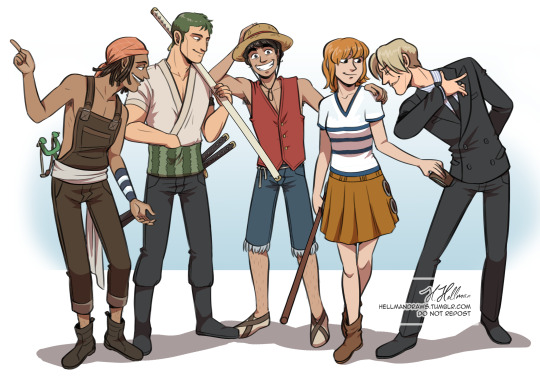
Not gonna lie, I'm super excited about the upcoming One Piece live action series! It's out Aug 31 on Netflix. I actually think it's gonna be good! 🤞🤞🤞
#reminder that the strike has NOT called for a boycott from viewers!#we want to show that we want more of this show and that Netflix has to pay their writers properly if they want to keep profiting from it#don't forget: the continuation of a popular show is a bargaining chip for the writers#one piece#one piece live action#monkey d. luffy#roronoa zoro#nami#usopp#sanji#when I first heard about the LA years ago I thought they were crazy#manga live actions are never good and OP is basically unfilmable#but when the strawhat cast was revealed I sat up straight and started paying attention#they were all spot on! absolutely unheard of in a live action!#and everything I've seen and heard about it since has just seemed so promising#early reviews are starting to come out and they're all positive#guys I think they did it#I think... Netflix actually made a good live action adaptation??#and of OP of all thing?!?!#(I won't be able to watch it until Sunday though so I'm gonna have to stay off the internet completely to avoid spoilers! TAT)
2K notes
·
View notes
Text
Not going to apologize for the person I will be when Percy Jackson comes out next week
#the special interest is BACK baby#it never left but I was able to reign it in a bit now there is NO holding back#I’m seeing the early reviews and honestly literally crying this is all I ever wanted#pjo#percy jackson#pjo disney+
1K notes
·
View notes
Text


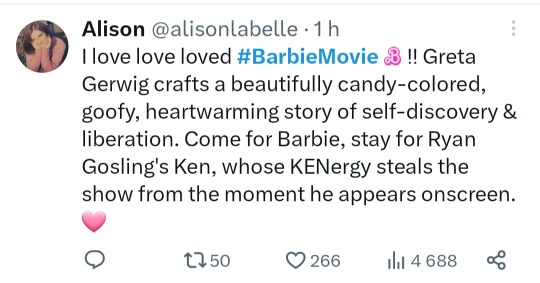
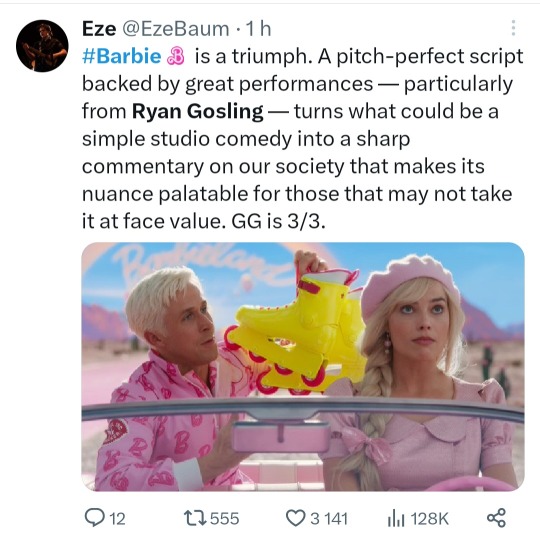

Early Barbie reactions. Ryan Gosling supporting actor oscar race is officially ON
#can't believe i manifested this...#(these early social media reactions are usually more positive than actual reviews but i think high praise for ryan will carry over)#barbie#keanu.txt
865 notes
·
View notes
Text
is it cringe to admit i'm genuinely excited for the wicked movie
#wicked 2024#wicked movie#some early reviews just came out. they're VERY positive. i'm like 👀👀👀👀#despite my somewhat mixed thoughts on the musical... i am still a Fan#especially of the two lead characters. who are just great Characters.#honestly even ariana's excitement is infectious. its so cute how excited she was to be cast as glinda#she seems to genuinely care about this! and i think that will shine through in the performance!
85 notes
·
View notes
Text

ok it turns out if you draw kawakami a lot you'll end up with a lot of kawakami pics
#year in review more like kawakami stylization recap#getting fullcolor images was so hard cus i drew so much comic LMAO#also i don't draw a lot in nov/dec cause its brain cataclysm months so i always fire it early in december cus im like fuck it. hahaha#art summary
54 notes
·
View notes
Text
reading the 2010's reviews of the hoo books on goodreads is so fun like?? well that is until the reviews in the lost hero are filled with jason slander but still- seeing them get excited about what's going to happen and predicting potential outcomes is so so entertaining
#also even the jason slander is actually FUNNY for once bc the hate comments are like “who does this jason think he is. he's not percy 😠” 😭#you can literally tell by those reviews who was a 11/12 year old pjo fan based on their wording#oh to be an early pjo fan :(#can someone of y'all share cool early pjo fandom stories i wasn't there to witness it when it happened#pjo#pjo fandom#percy jackson#pjo series#pjo hoo#pjo hoo toa#hoo fandom#hoo#heros of olympus#the lost hero#heroes of olympus
52 notes
·
View notes
Text
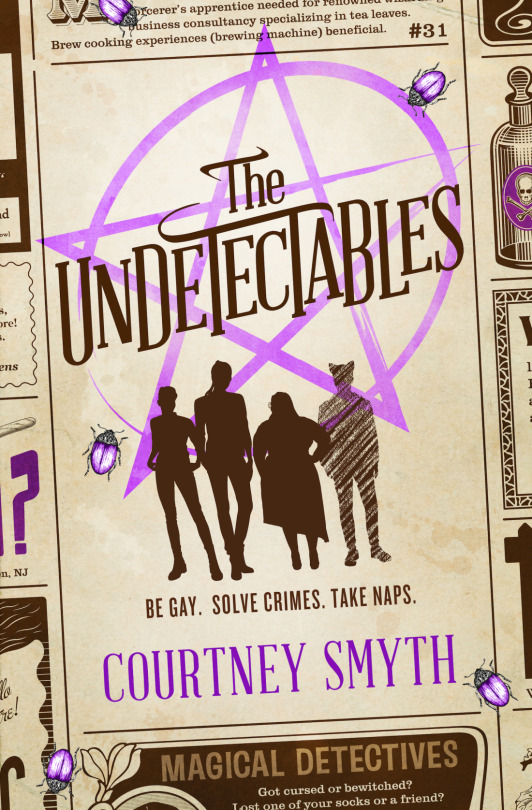
2025 reads / storygraph
The Undetectables
urban fantasy mystery
follows a young witch who formed a detective agency with her friends as teens, but they never managed to solve their first case (figuring out who killed the ghost who is now her best friend)
when they’re 20, the other witches have moved away and on with their lives, but she’s feeling stuck dealing with pain from her fibromyalgia
when they get a letter with a new case - the suspicious death of a human with seemingly no clues or evidence other than a haunting whistle, and they get back together to see if they can solve it this time
bi, lesbian, and gay MCs
#The Undetectables#courtney smyth#aroaessidhe 2025 reads#I enjoyed this a lot! Super fun characters#liked the fact that they’re magical detectives but still aspiring forensic scientists; entomologists etc#I liked the exploration of the unsurety of your early 20s especially when your friends are all moving on without you#and her experiences of chronic illness#admittedly I didn’t super care about the mystery tbh. but I enjoyed the characters and ideas#definitely has the tone and style of a lot of british YA I’ve read; and that style of quirkiness and humor.#I see a lot of reviews that don’t like the tone and I wouldn’t be surprised if they’re americans…#I definitely had assumed this is YA - I guess it feels like it’s on the YA/NA threshold. I mean that in the most positive way tho#theodore :( THEORDORE!#sapphic books#bisexual books
30 notes
·
View notes
Note
So I noticed in the eow trailer that the room Zelda picked up the mysterious sword for her sword fighting form in is the same room she fought puppet link. What do you think? I think it means it's Link's sword.
https://www.tumblr.com/luna-lovegreat/760703654138363904/so-something-i-noticed-in-the-echoes-of-wisdom
(You don't have to respond to this or anything if you don't want to ofc)
the early-access reviews i’ve seen (which are overwhelmingly positive btw) confirm that the link fight takes place in the first dungeon of the game, so i think that’s likely the case—i wouldn’t be surprised if puppet link was the mini boss of that dungeon and the sword was the dungeon item. this adds another layer to that fight that i’m really excited to see executed!! the idea of zelda using link’s sword throughout the game as she searches for him is something i REALLY enjoy. my worry is that i can see the form she takes when using that sword being explained as like. link’s spirit or something, which i REALLY don’t want. they’d better let her use the sword of her own accord. i’m also a little concerned about the logistics of fighting link and other menial enemies WITHOUT a sword; i know the trailers put a big emphasis on puzzle-based combat via the tri-rod, but i can see that kind of combat becoming tedious and difficult the longer it goes on, especially against an enemy like link who DOES have a melee weapon at his disposal.
#early access reviews have been SUPER positive tho and most of them only played the first dungeon so that implies that the puzzle combat#works at least as far as that first dungeon is concerned#asks
51 notes
·
View notes
Text
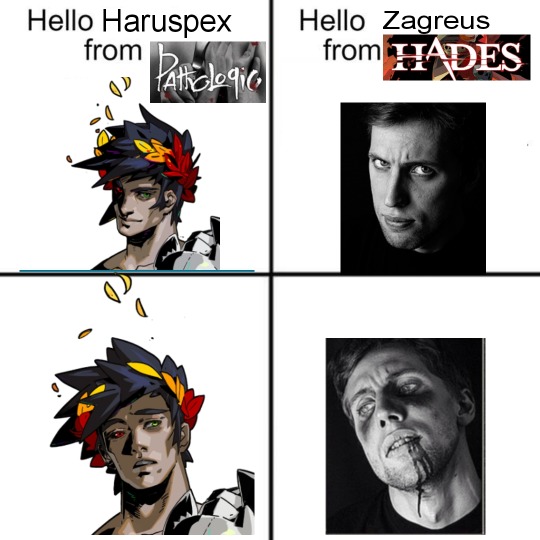
do u understand
#sorry i have not know peace since i found out about the injured healer portraits.#i can only find artemys online if anyone else is aware of the others PLEASE LMK begging sobbing#shout out to whichever french gaming review website posted the screengrab idk if they had early access or what but i cannot find them#early access in 2005 lol#pathologic#hades game#artemy burakh#zagreus#ok enough tags i prommy
227 notes
·
View notes
Text

#2000s#2000s nostalgia#2000s aesthetic#early 2000s#y2k#00s#2000s style#American Psycho#2002#movie#film review#favorite movies#film#cinema#movie stills#cinematography#classic#filmedit#cinemetography#art#fyp#luxury#model#movies#film photography#indeedgoodman#fashion#legend
82 notes
·
View notes
Text
Game Spotlight #16: Yu-Gi-Oh! Dark Duel Stories (2000)

Just in time to celebrate its upcoming release as part of Yu-Gi-Oh! The Early Years compilation, Ash takes a look at the very first title in the series released in the west with Dark Duel Stories, a quirky little game that remains surprisingly playable to this day. Come take a quick look at the game to know what you're in for when The Early Years releases later this year!
Yu-Gi-Oh! is a series that Larsa and I have a lot of affection and nostalgia for. Once upon a time we were even avid players of the physical card game (Larsa to much greater competitive success than I), and we've kept up with the series in all its various forms for most of our lives now. Binging the notoriously campy and hilarious English dub of the anime together was one of the first things we did as a couple, and when we started Acquired-Stardust it was a no-brainer to create some content in tribute to the series. That content even went on to become some of our most popular posts, so the series holds a special place in our hearts as well as in the history of the blog.
It's a fascinating series that has taken on a lot of different forms throughout the years and you might be surprised to learn that the iconic physical card game, now mostly known for its incredibly long first-turn combo plays that determine who wins and loses before you're even able to do much playing, wasn't even the original hook of the series. Yu-Gi-Oh! began life as a manga by the late Kazuki Takahashi, the story of a high school boy possessed by an ancient spirit that would punish Domino City's many bullies and thugs through the power of Shadow Games, dishing out Twilight Zone-esque ironic punishments to them, with the signature card game the series is so synonymous with only being played a total of twice in the first 60 chapters before becoming the main focus with the Duelest Kingdom arc which the anime most western fans are familiar is based on. It was a shockingly dark and violent manga especially compared to the camp that the series is more well known for.
Just as well, the physical real-world card game itself has undergone radical shifts in mechanics and formats over the years since its 1999 introduction, and the result is a series that means something different to everyone. If you poll a hundred people, odds are they'll all have a different bit of the franchise as their favorite and consider a different era to be its peak. Larsa and I are personally most fond of the early years of the series, and so playing some of the video games set in that awkward 'wild west, anything goes' time when they were learning and experimenting with exactly what they wanted the card game to be was a pretty intriguing prospect.

And make no mistake about it - Yu-Gi-Oh! Dark Duel Stories is very much in that early feeling-out period. So early in fact it released a mere two days before the Playstation classic Forbidden Memories and eleven days after the debut of the physical card game in America. Dark Duel Stories may have been the first Yu-Gi-Oh! game released in the west, but it's actually the third game in a Gameboy-specific series of Yu-Gi-Oh! titles (and has had its name swapped with its predecessor - whereas Dark Duel Stories is the name of the second title in Japan, this game was originally titled Tri-Holy God Advent in Japan). This series follows what I'll be calling the Gameboy Format for the game for the purpose of this piece, and for the most part it faithfully recreates the base mechanics of the physical card game (which we're assuming you have at least some level of familiarity with, but if not actually playing Dark Duel Stories yourself is a fine way to learn) with a number of key differences.
The first important difference in the Gameboy Format is its de-emphasis, but not total elimination, of Effect Monsters, Traps and Magic cards. Decks consist of a mandatory total of 40 cards, each with their own cost and level limit associated with them. Monster cards will make up the bulk of decks due to their low costs compared to the very costly Magic and Trap cards, necessitating clever usage of the game's largely weak lineup of Monster cards. Facilitating this is the biggest key difference between the traditional physical card game and the Gameboy Format in the much larger emphasis it places on the elemental typing of Monster cards, more inspired by the original manga's version of the card game. Each monster card in the game has an element associated with it (a total of eleven elements exist in the game), with the elements following a rock-paper-scissors sort of mechanic not unlike Pokemon that sees elements strong against one another (such as Water being strong against Fire) be able to inflict increased damage on their opposing element. Unlike Pokemon however, Yu-Gi-Oh's Gameboy Format sees Monster cards of an element weak to its diametrically opposed element outright destroyed before inflicting any potential lifepoint damage to players.

While this can (and will) lead to asinine scenarios in which the iconic Blue Eyes White Dragon card is destroyed by the meager Kuriboh, it adds an interesting layer of strategy to the game that goes beyond simply loading decks with the most powerful cards obtainable. It also stands in stark contrast to the physical card game in which setting up unbeatable scenarios with very little counterplay outside of hyper-specific scenarios on the first turn has become a hallmark.
Another aspect of the Gameboy Format that differs from the physical card game is the lack of Polymerization, a Magic card that enables the fusion of Monsters into a new and more powerful creature. While the Polymerization card is missing the fusion mechanic itself remains, relegated to an entirely unexplained process in which the player can attempt to combine any two monsters to potentially result in a successful fusion with getting the formula incorrect resulting in the first card being replaced by the second. It's small touches like this and the unique elemental system that promote a lot of experimentation and make sure that every Monster card has a potential use regardless of how weak they are statistically.

Players are given a deck of cards to start with and tasked with defeating three tiers of opponents, all of whom being an iconic characters from the manga and anime, five times each. Defeating opponents will earn the player more cards and card parts (more on this in a moment), as well as raising the deck level and cost limitations imposed on the player slowly but surely. There are a total of 800 obtainable cards in the game which can also be acquired through the usage of the Password system that allows players to add one of each card to their collection through entering the corresponding password associated with them. The Password system also allows players to unlock the game's hidden bosses as well as enabling additional post-duel drops indefinitely.
The game's main hook is its allowing of the player to create custom cards through combination of obtained card parts, with players able to combine top and bottom halves of original Monster cards in all sorts of ways that change their attack and defense values, elements, names and appearances. It's a small gimmick that the player is not necessarily required to interact with by any means but does help immerse you in the series by allowing you to create your own unique signature cards.
The end result of Dark Duel Stories' gameplay loop and format is a game that is perfectly suited for its handheld platform in all the best and worst ways. Its small, almost bite-sized duels go by rather quickly and painlessly but obtaining cards without the use of Passwords is a grind-heavy experience that leaves the player completely at the mercy of random chance. The costs associated with constructing decks can feel stifling at first but forces you to engage with the game and appreciate some of its eccentricities like the elemental system, and makes finally being able to include higher-value cards feel like the major upgrade in power that it really is.
It's a perfect fit with the Gameboy Color that allows you to sink however much time you want into it, grinding away to raise your level and cost limits or obtain cards on long road trips or just spending a few minutes beating Joey Wheeler or Seto Kaiba one more time.

Another strong aspect of the game is its art, faithfully adapting 800 cards from the game's early era to the Gameboy Color with a lot of success. Opposing duelists are also particularly strongly adapted, including a lot of (but unfortunately not all) the iconic characters one would expect to find in the game in impressive detail all without an over-reliance on digitizing existing artwork from the manga's original artist. The beautiful pixel art splash screens after selecting an opponent hold up extremely well and have my vote for some of the best visuals on the platform.
Not quite as strong is the sound, with songs being inoffensive and not super memorable but certainly serviceable - you won't be muting the game to protect your ears or anything, but turning on your own music instead might help with some of the grind if you're wanting to invest bigger chunks of time into obtaining Dark Duel Stories' large amount of cards or raising the limits imposed on your deck.
A small touch I greatly appreciated was the lack of manual saving, with Dark Duel Stories featuring a reliable autosave that happens after every duel, making rematching or putting the game down both a painless experience. One particular annoyance is the lack of a search function in the card library, so it's helpful to keep a guide on hand to reference individual card numbers you might be looking for rather than having to scroll through 800 cards manually.
While it's not a perfect game by any means, Dark Duel Stories remains a very fun and addictive time capsule of an era of the game now decades past and comes at an extremely early point in the existence of the physical card game and series at large. There's a lot of charm and a deceptive amount of depth to hook new and old players alike, and the gameplay remains smooth and fast all these years later despite obvious platform limitations.
It even allows players to link two Gameboy systems to duel or trade, though this will be less attractive a feature to people playing the game via emulation on PC which typically lacks the capabilities necessary for multiplayer functions. Original manga author Kazuki Takahashi constantly designed little games that appeared in the backs of compiled volumes of the manga, most often played with dice, and it's not surprising that he'd also come up with a very fun card game too even if this wasn't exactly the format we'd come to know in the years after the release of Dark Duel Stories.
A gem hidden among the stones, Yu-Gi-Oh! Dark Duel Stories is undoubtedly stardust.
-- Ash
#gaming#video games#retro gaming#yu gi oh#nostalgia#90s#1990s#yugioh#ygo#ygo dm#yugioh dm#games writing#game review#game recommendations#kazuki takahashi#konami#dark duel stories#game spotlights#written post#writing#writing about games#nintendo#gameboy#game boy#gameboy color#game boy color#long reads#tcg#trading card games#early days collection
41 notes
·
View notes
Text

belated art review thing for 2024!! I always look forward to making these so being 2 weeks late isn't gonna stop me :>
#i was so determined to draw smth else in december or even early january so i wouldn't have to use that tiny twig drawing but#that is truly all i achieved and it's too late now :') its fine#can't believe hilda week and all that hype was last february it feels like years ago now. man#an ok year for hilda art and i managed to branch out a tiny bit too :) hoping for more free time to draw more this year#hilda the series#art tag#art review
23 notes
·
View notes